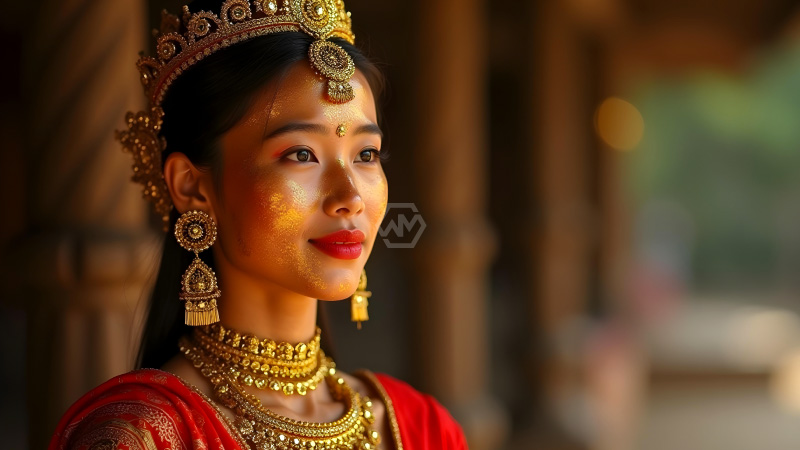- Myanmar is reapplying for UNESCO’s Intangible Cultural Heritage status for thanakha.
- The natural cosmetic has been used for over 1,000 years and remains widely popular.
- Despite ongoing conflict, thanakha serves as a cultural symbol uniting Myanmar’s people.
Thanakha, a traditional yellowish-white paste made from tree bark, has been a hallmark of Myanmar’s culture for over a millennium. Applied to the face and body, it serves both cosmetic and medicinal purposes, offering sun protection and a cooling effect.
Myanmar’s push for UNESCO recognition reflects a broader effort to preserve its cultural identity amid political turmoil. The tradition has remained resilient, even being used in protests against military rule.
Thanakha: Myanmar’s Cultural Heritage in the Spotlight
Myanmar’s traditional cosmetic, thanakha, has been an integral part of the country’s beauty and skincare rituals for over 1,000 years. Made from the bark of specific sandalwood trees, the paste is commonly applied to the face and body, cherished for its cooling and skin-protective properties. Its use is widespread across all generations, from young children to the elderly.
The bid to secure UNESCO Intangible Cultural Heritage status is not Myanmar’s first attempt. A previous application in 2020 was rejected due to incomplete documentation. However, the Ministry of Religious Affairs and Culture is determined to submit a revised nomination by March, hoping for international recognition of the tradition.
Despite the ongoing civil war, thanakha remains a rare unifying element in Myanmar. Even anti-military protesters have incorporated it into their demonstrations, painting resistance symbols on their faces. This highlights how cultural heritage can transcend political divisions, serving as a marker of identity and continuity.
Beyond its cultural and historical significance, thanakha also plays a role in Myanmar’s economy. The sale of thanakha wood and related cosmetic products provides livelihoods for many, particularly in the central dry zone where the trees grow. UNESCO recognition could further boost local industries and promote Myanmar’s cultural heritage globally.
If Myanmar succeeds in securing UNESCO status for thanakha, it will not only preserve a centuries-old tradition but also reinforce a cultural identity that has endured through history and conflict.
“Culture is the widening of the mind and of the spirit.” — Jawaharlal Nehru



